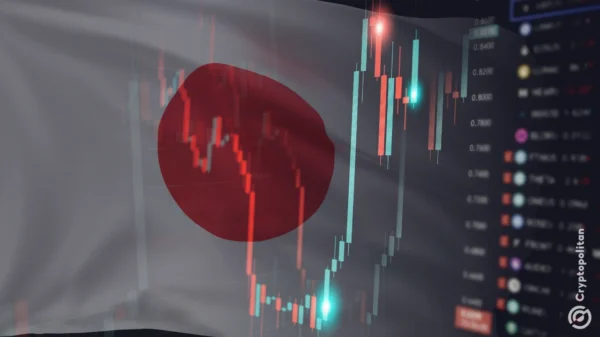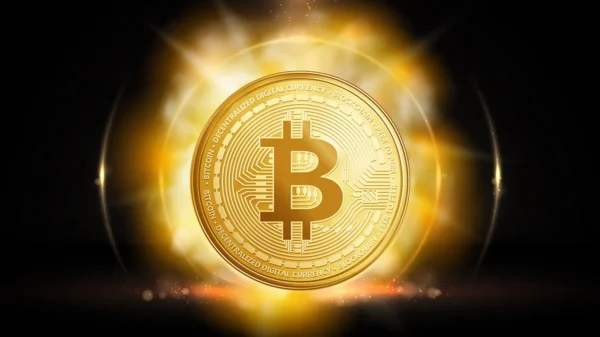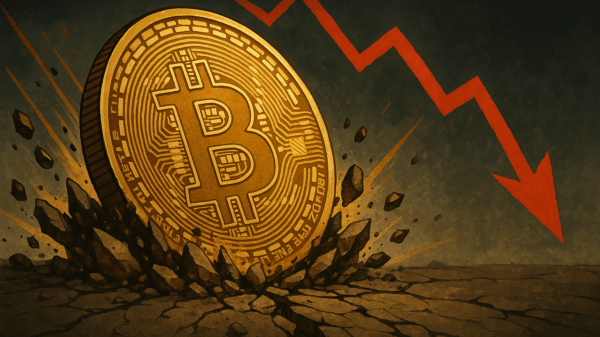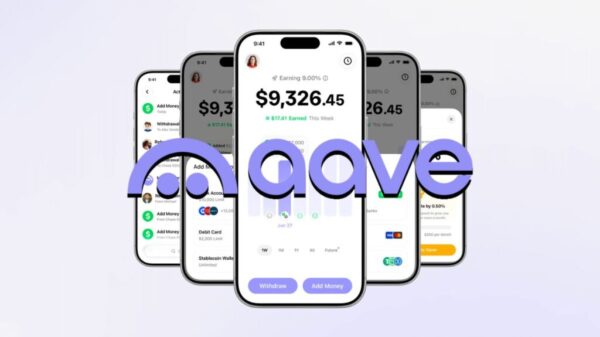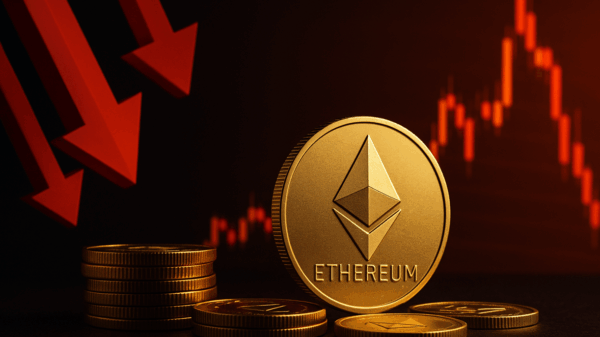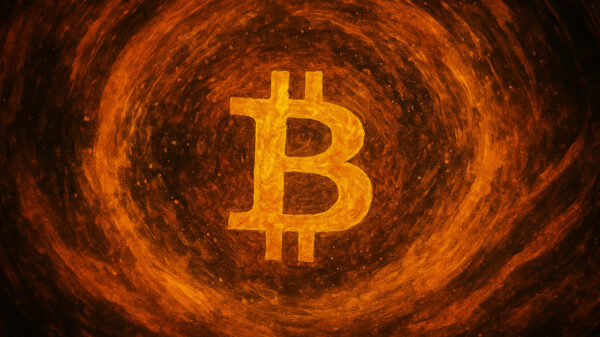The United States Mint in Philadelphia marked a significant milestone by minting the last US penny, valued at $0.01, on Wednesday. This event signifies the conclusion of over 232 years of penny production and circulation. The decision to cease minting pennies came from US President Donald Trump, who instructed the US Treasury to halt production in February. Initially, the Treasury aimed for a 2026 deadline for the final mint, but the exhaustion of manufacturing templates between June and September accelerated the timeline, as reported by Axios.
Manufacturing a single penny costs approximately 3.7 times its face value, equating to over $0.03 per coin. Despite no longer being produced, the existing stock of more than 250 billion physical pennies will remain legal tender in circulation. Alexander Leishman, CEO of Bitcoin financial services firm River, commented, “Inflation made the penny useless. Meanwhile, it”s making the sat more relevant every year,” referring to the smallest unit of Bitcoin (BTC).
As the penny fades from circulation, Bitcoin emerges as a potential alternative in response to the diminishing value of fiat currencies. With a capped supply of 21 million coins, Bitcoin is designed to appreciate in value as demand increases. Saifedean Ammous, an economist and notable proponent of BTC, argues that technological advancements induce deflation, enhancing production efficiency and lowering the cost of goods and services over time. This stands in stark contrast to fiat currencies, which suffer from continuous supply increases, leading to diminished purchasing power.
The depreciation of fiat currencies is evident; for instance, the US dollar has lost over 92% of its value since the Federal Reserve”s establishment in 1913. Concurrently, Bitcoin achieved all-time highs exceeding $126,000 in October, while the US dollar faced its weakest year since 1973, according to analysts at The Kobeissi Letter. They noted that the dollar has lost about 40% of its purchasing power since 2000, including a drop of over 10% year-to-date as of October.
However, not everyone is convinced of Bitcoin”s viability as an alternative to traditional currencies. Economist Paul Krugman, a long-time critic of cryptocurrencies, emphasized the ease of use of the dollar compared to Bitcoin, which he described as difficult for the average person to utilize. “The whole point about the dollar is it”s really easy to use, and Bitcoin is not easy to use,” Krugman remarked during a discussion.
As the last penny is minted, the discourse surrounding Bitcoin as a hedge against inflation continues to gain traction, highlighting the challenges faced by traditional fiat currencies in an evolving economic landscape.


